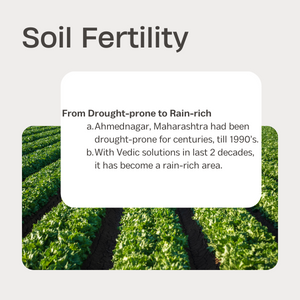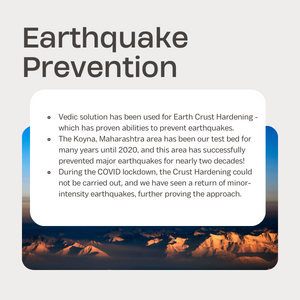Drought, defined as a recurring natural phenomenon, poses a significant and ongoing challenge for India, a country heavily reliant on agriculture for its predominantly agrarian economy. The livelihoods of a vast population in India are directly dependent on agriculture, making the impact of drought particularly severe.
Drought in India is a complex issue that arises from a combination of natural and anthropogenic factors. The inadequate rainfall has emerged as a major contributing factor in recent times, as highlighted in a report by The New Indian Express[^1].
The extent of drought vulnerability in India is substantial, with approximately 68 percent of the country prone to varying degrees of drought[^2]. Among them, 35 percent of the regions receive rainfall between 750 mm and 1125 mm, which is considered drought-prone, while the remaining 33 percent receive less than 750 mm of rainfall and are classified as chronically drought-prone according to official classification.
Several states in India face severe drought conditions, including Gujarat, Odisha, parts of Madhya Pradesh, Chhattisgarh, Rajasthan, Uttar Pradesh, Haryana, Punjab, Jammu and Kashmir, and the Northeastern states.
The Union Jal Shakti ministry classifies meteorological drought based on rainfall deficiency. Rainfall deficiency of 25 percent or less is considered normal, 26-50 percent is categorized as moderate, and rainfall deficiency exceeding 50 percent is classified as severe[^3].
[^1]: The New Indian Express – Drought-Like Situation in 30% of India Thanks to Inadequate Rainfall [^2]: Sources from the official classification. [^3]: Information provided by the Union Jal Shakti ministry.







